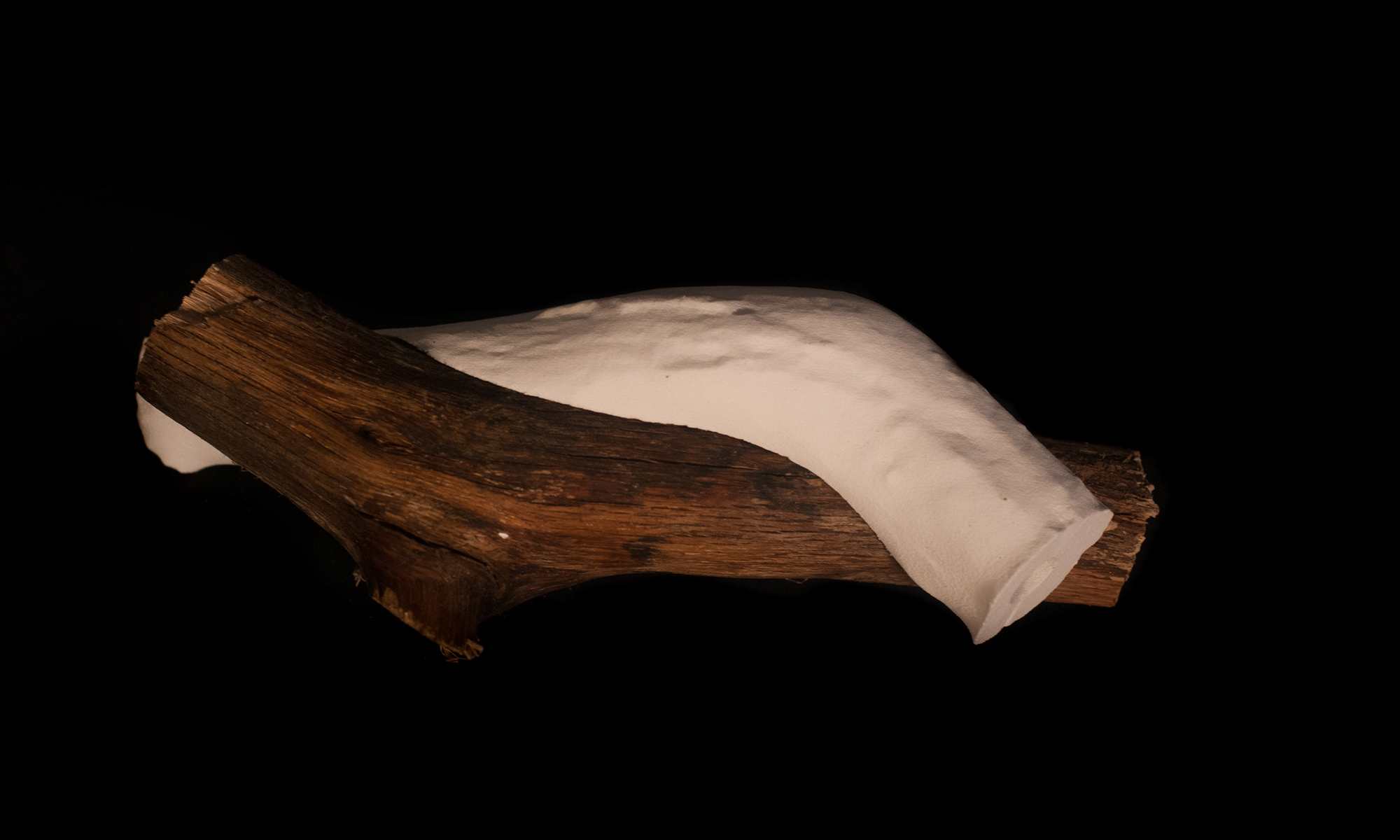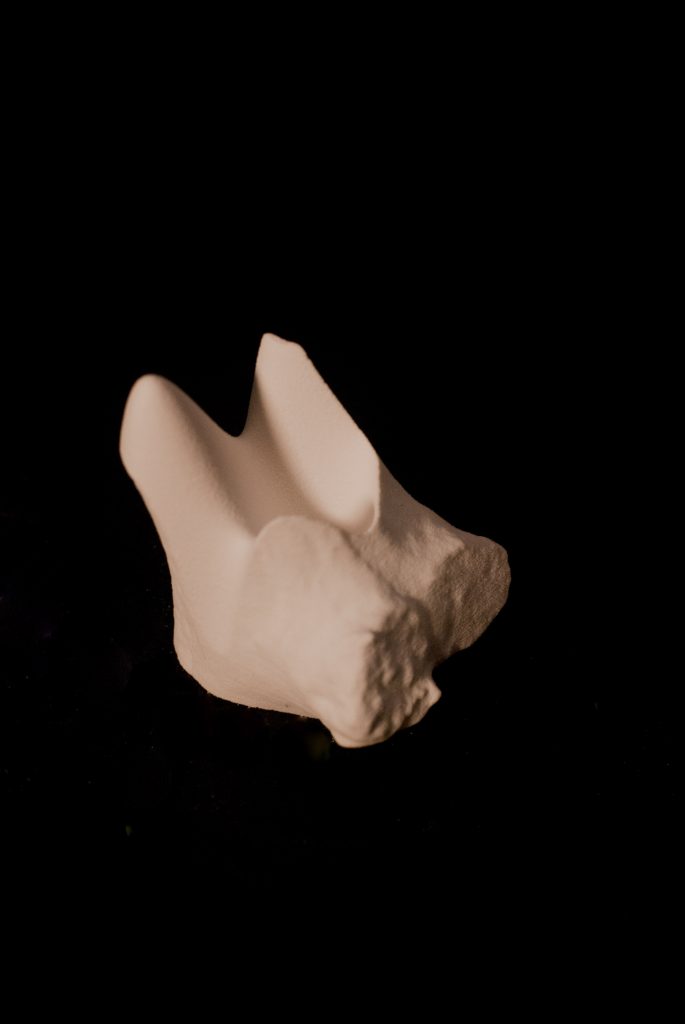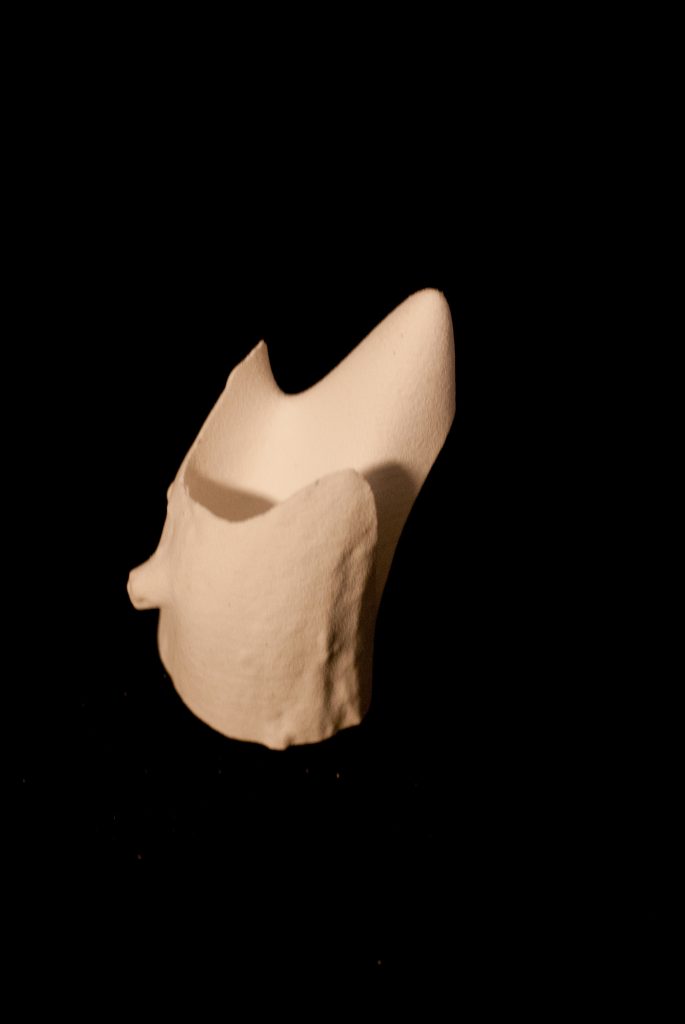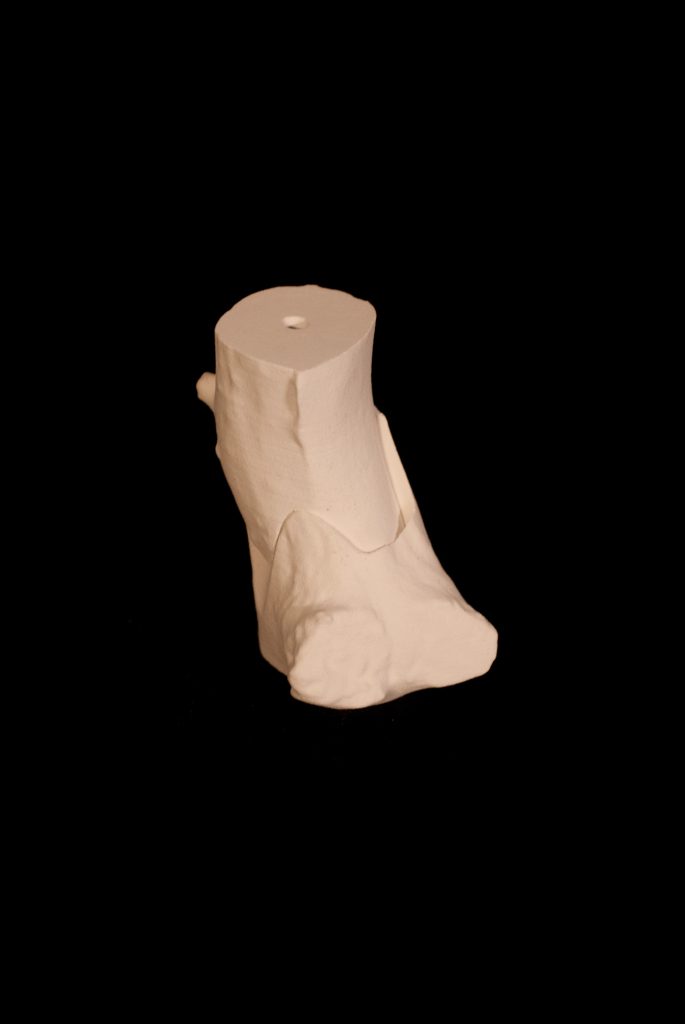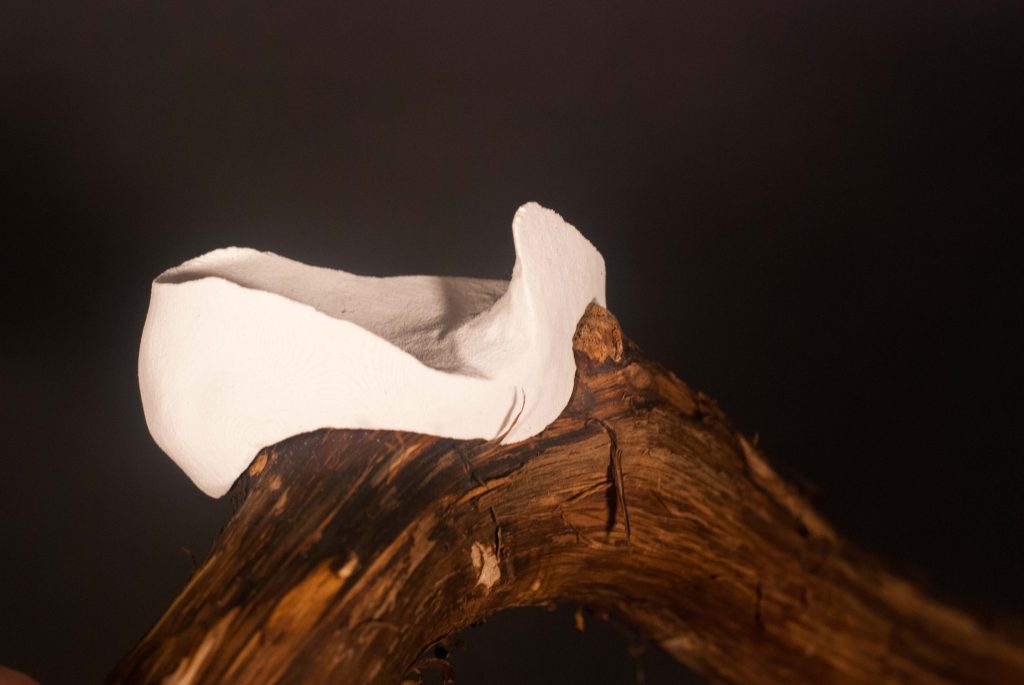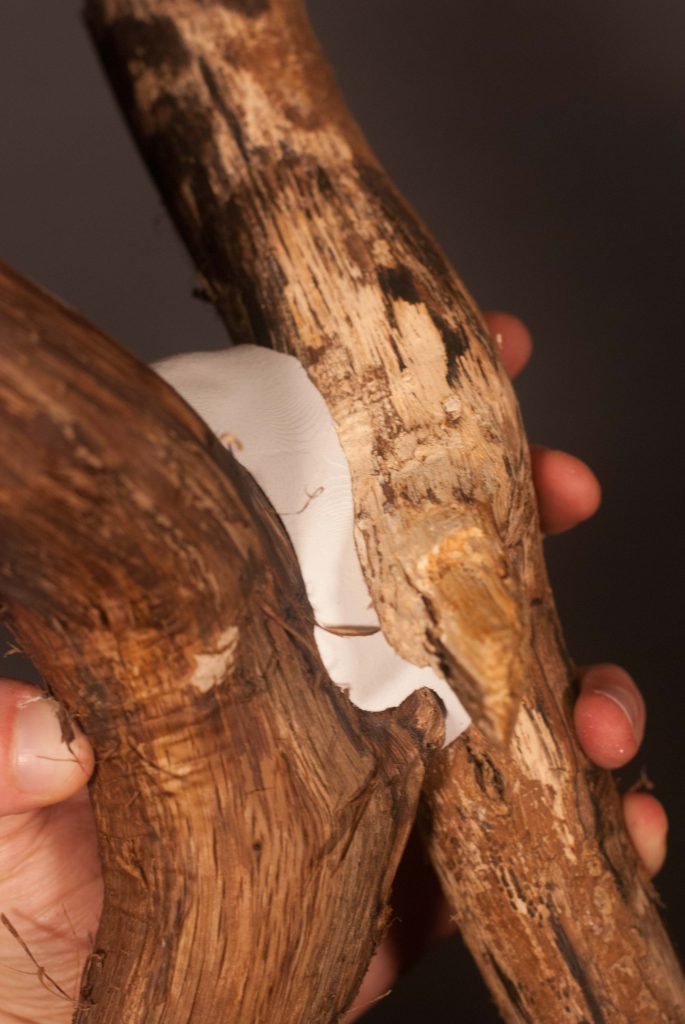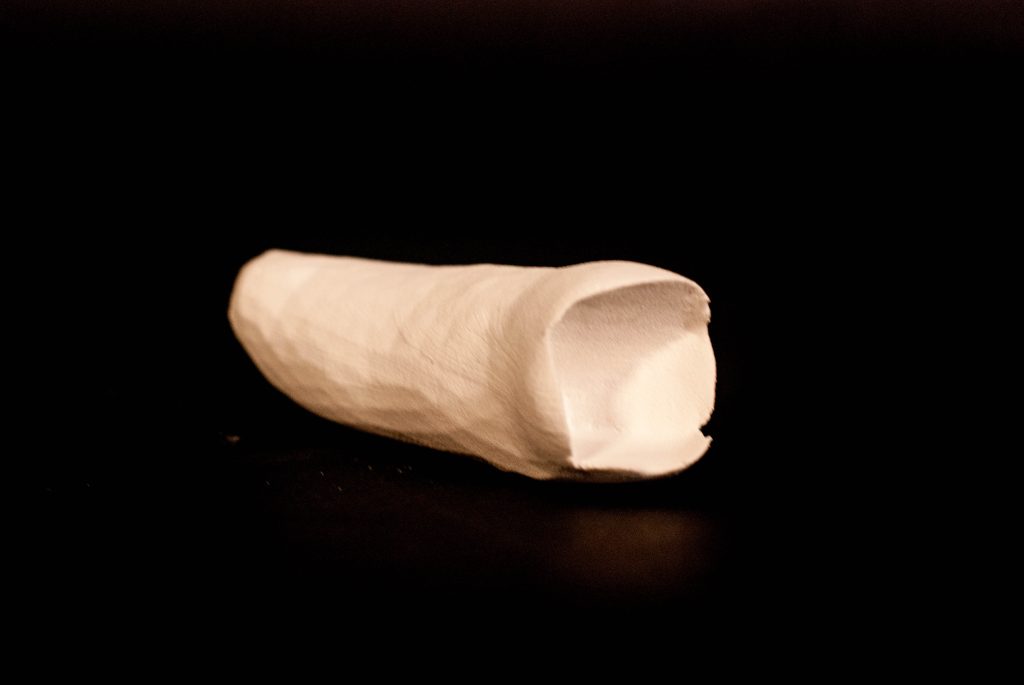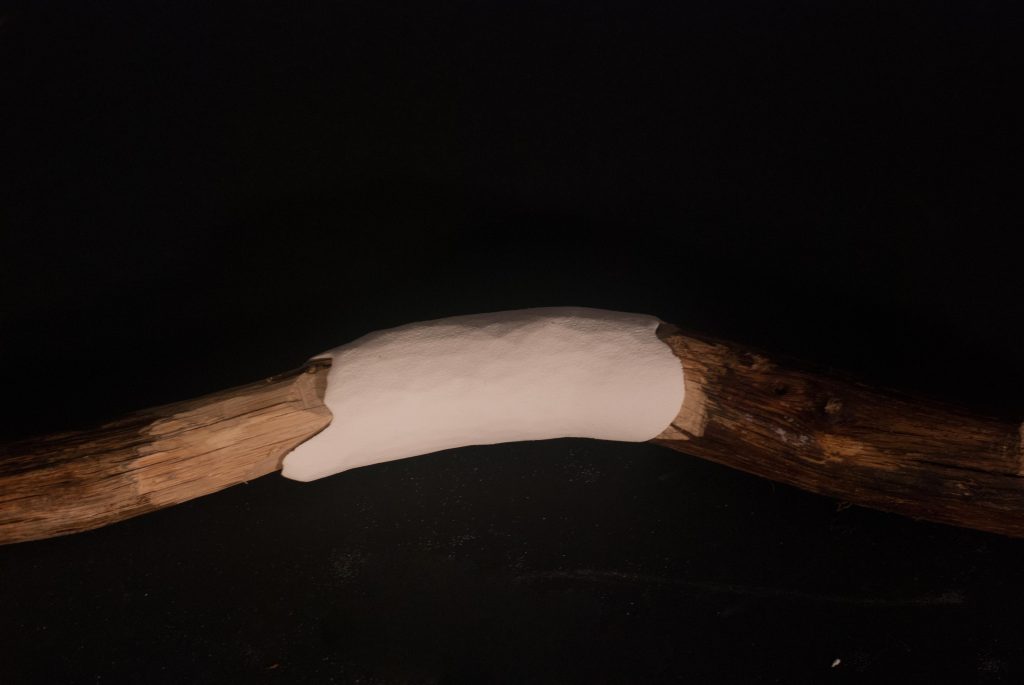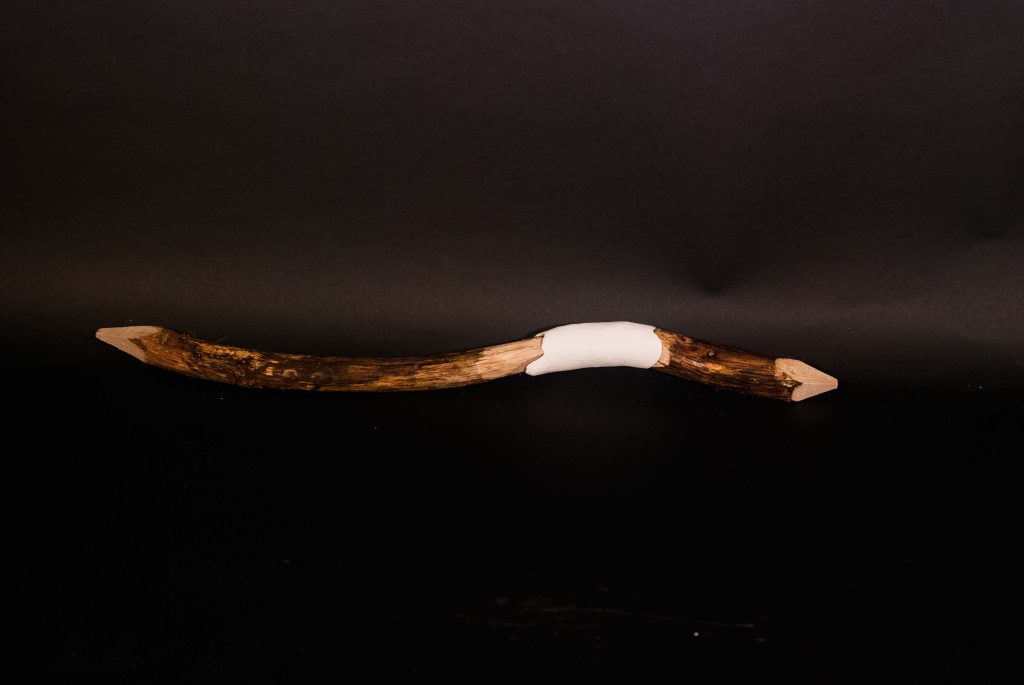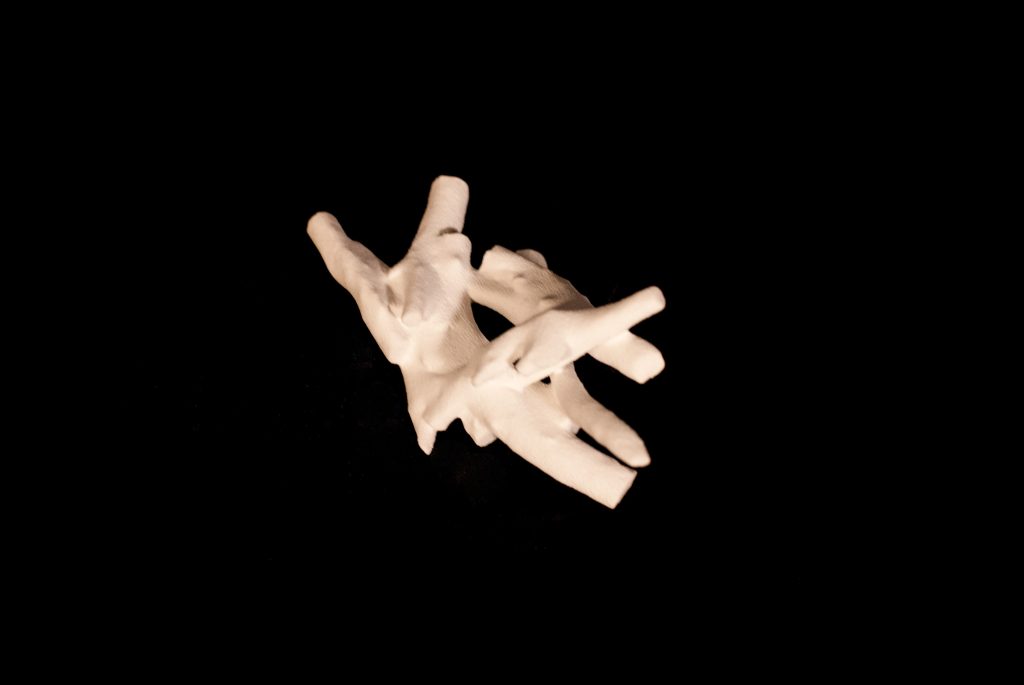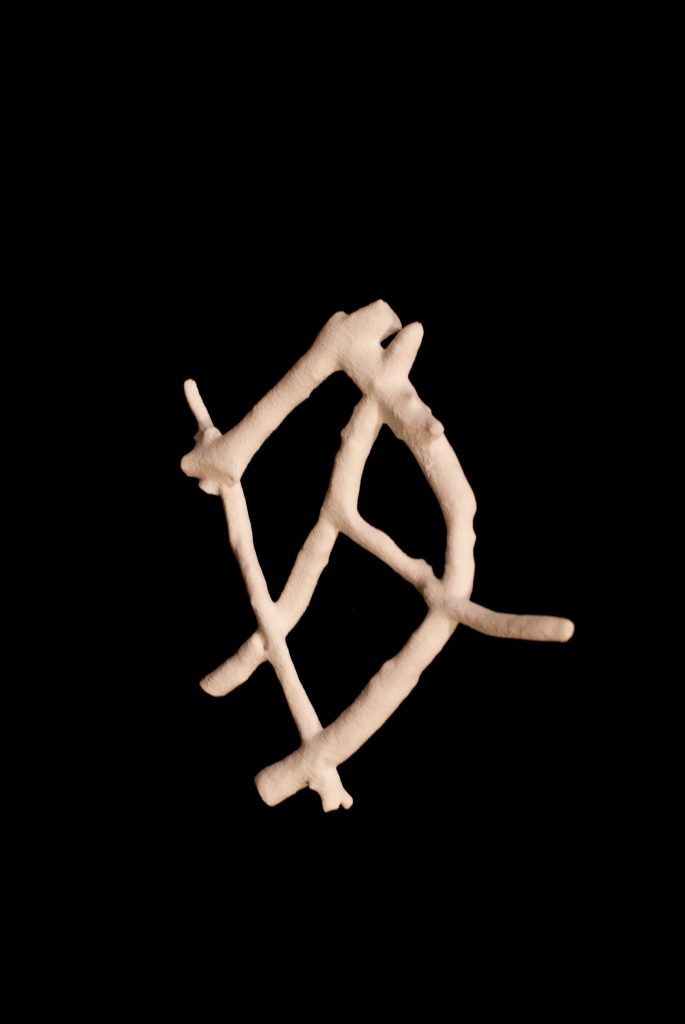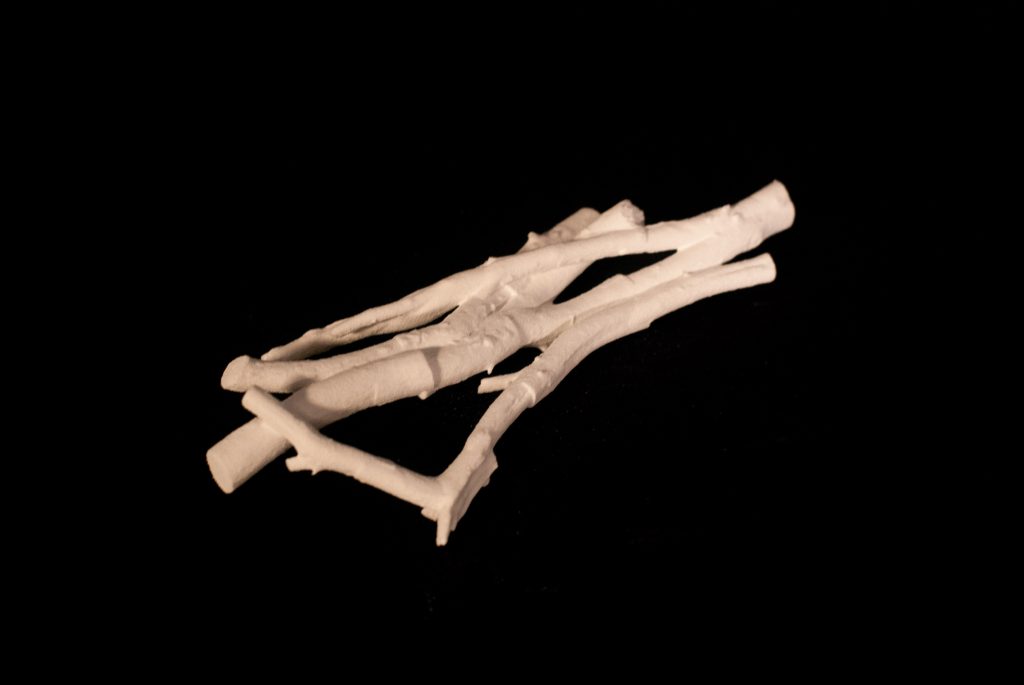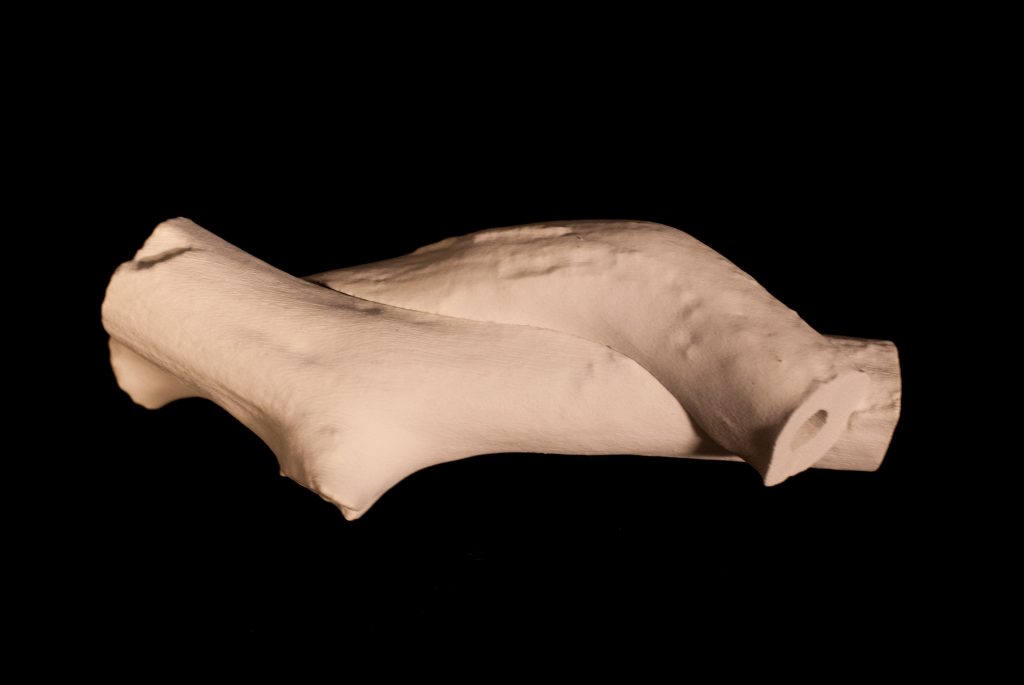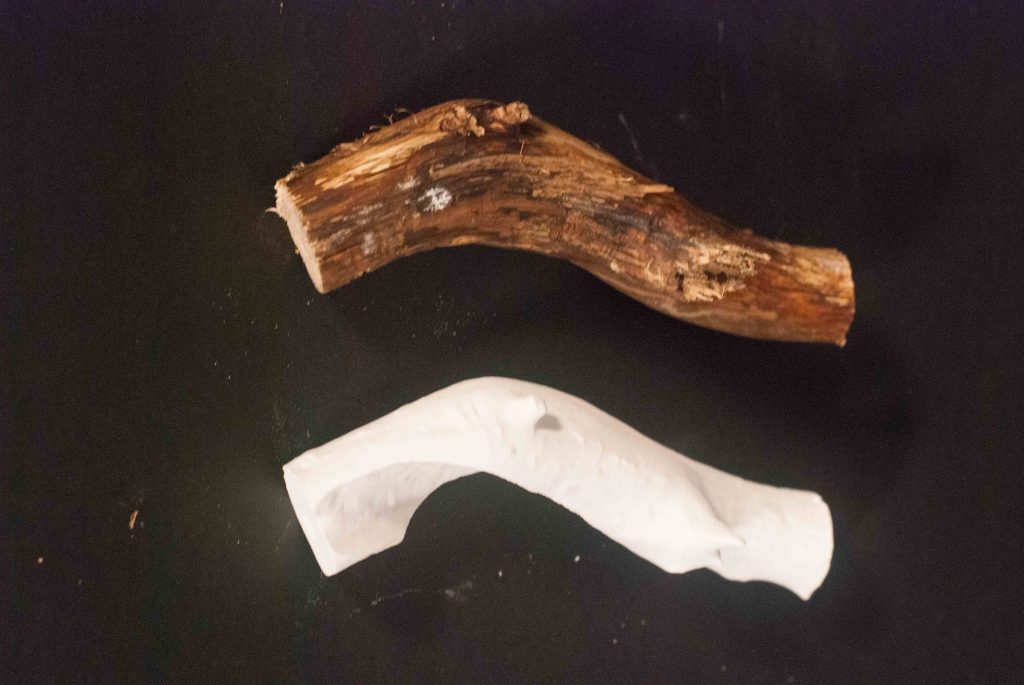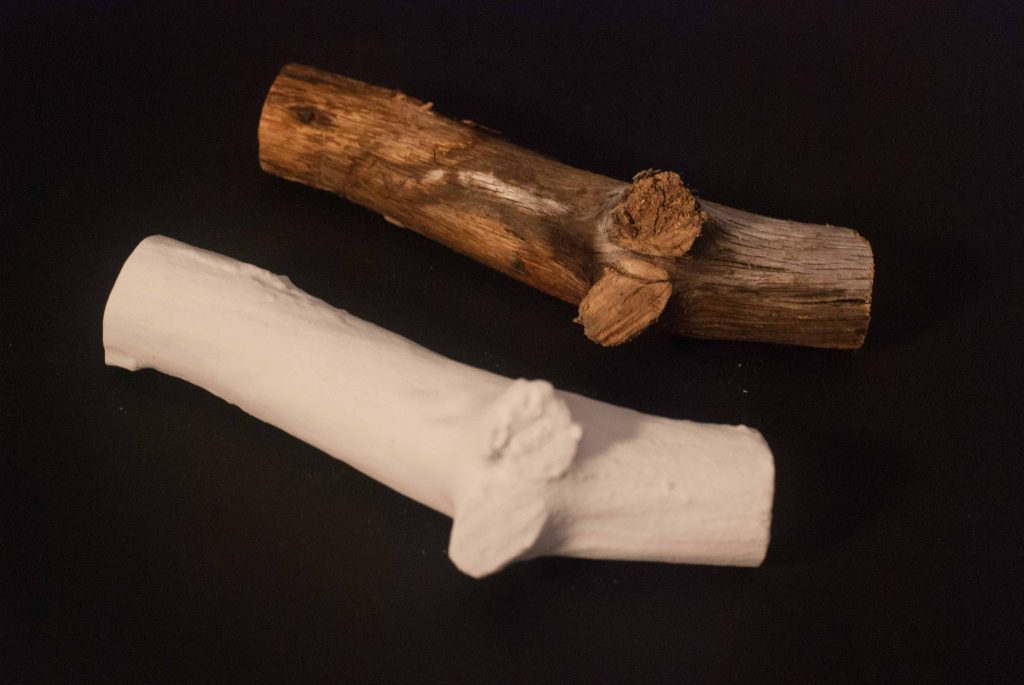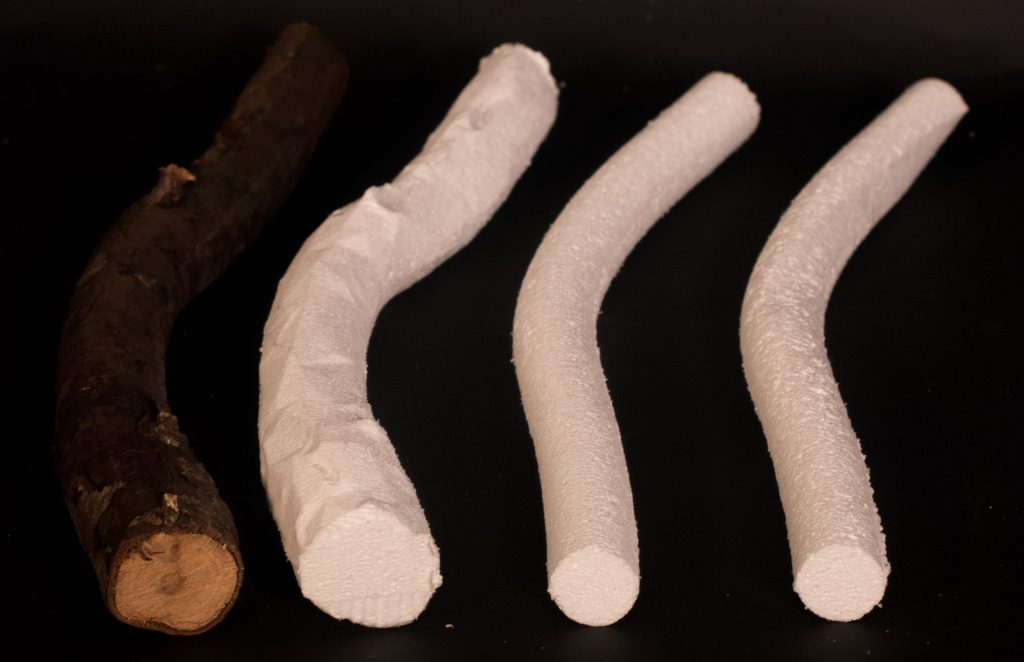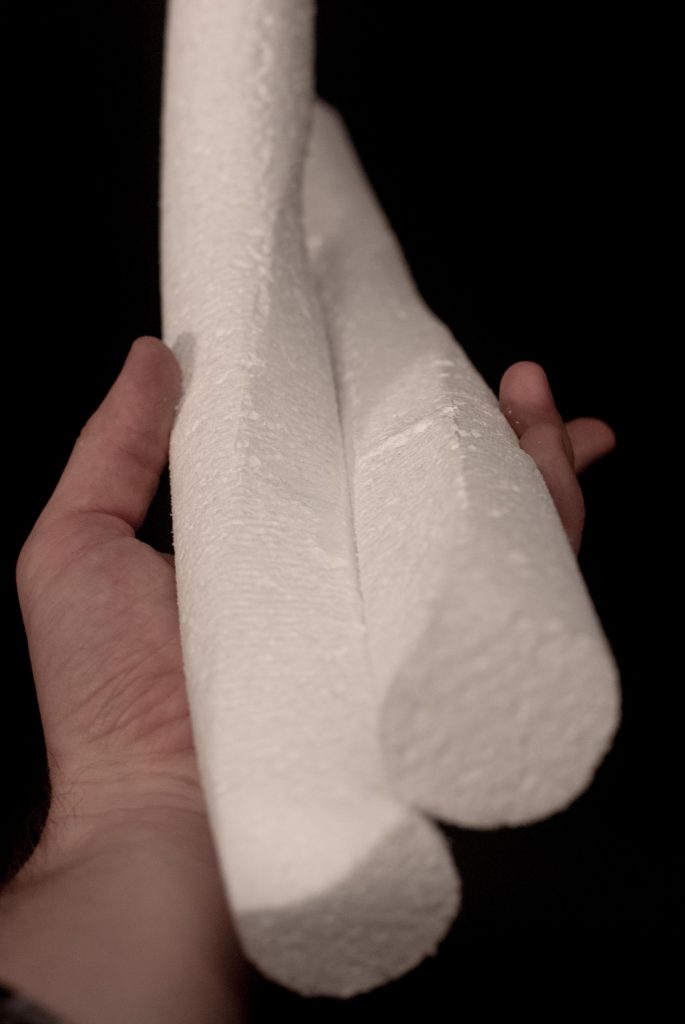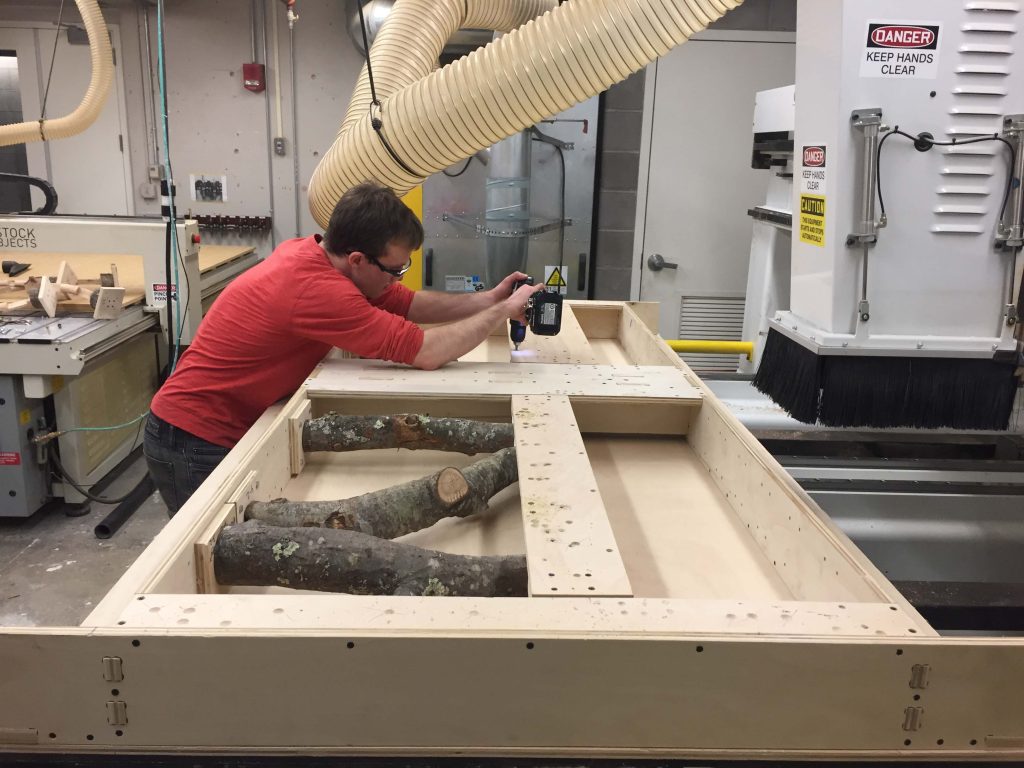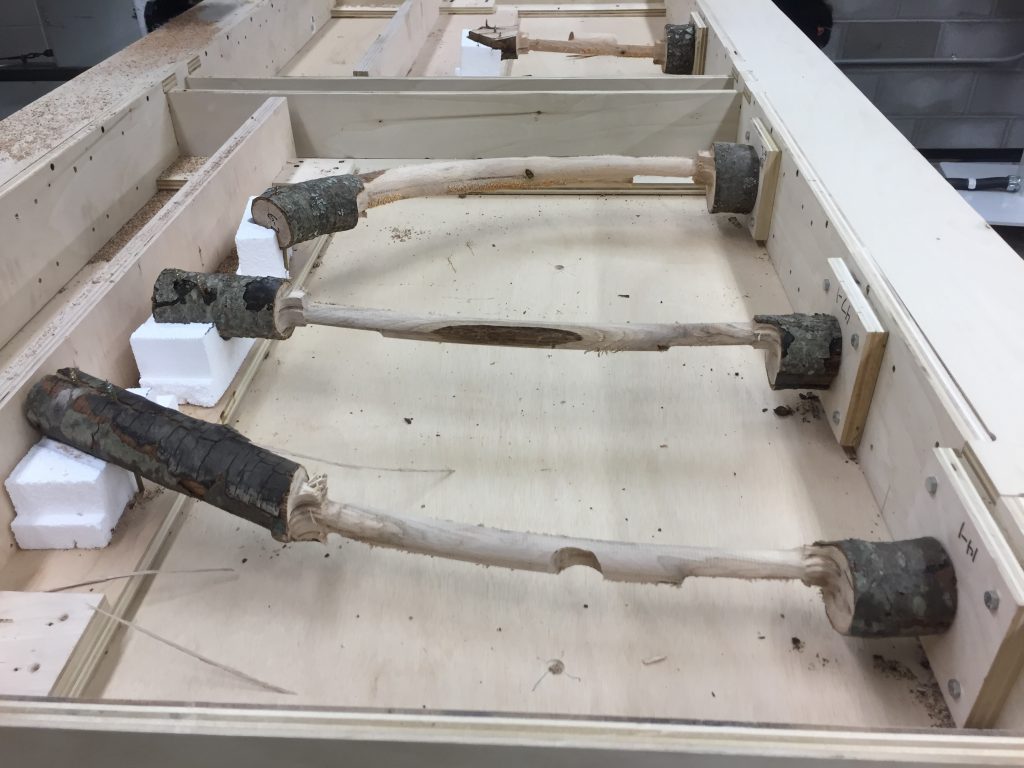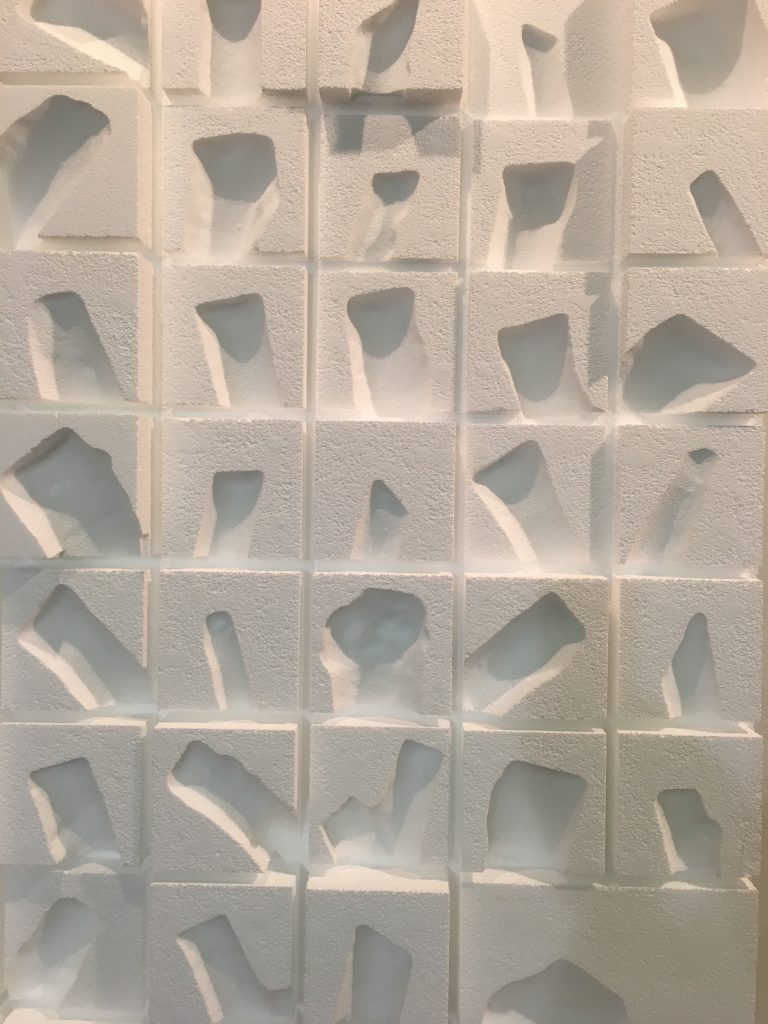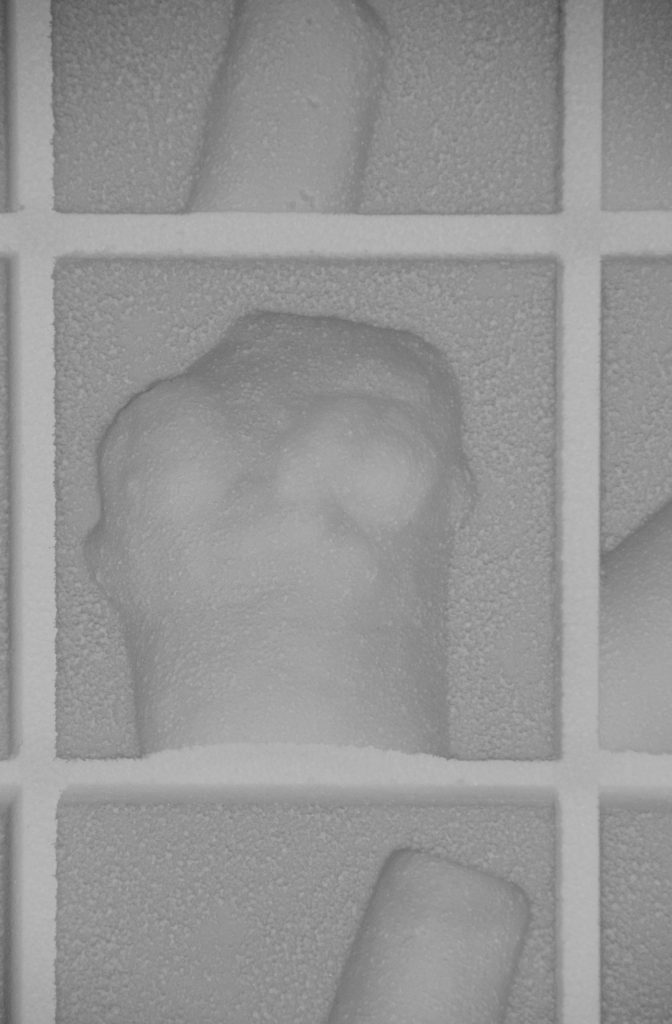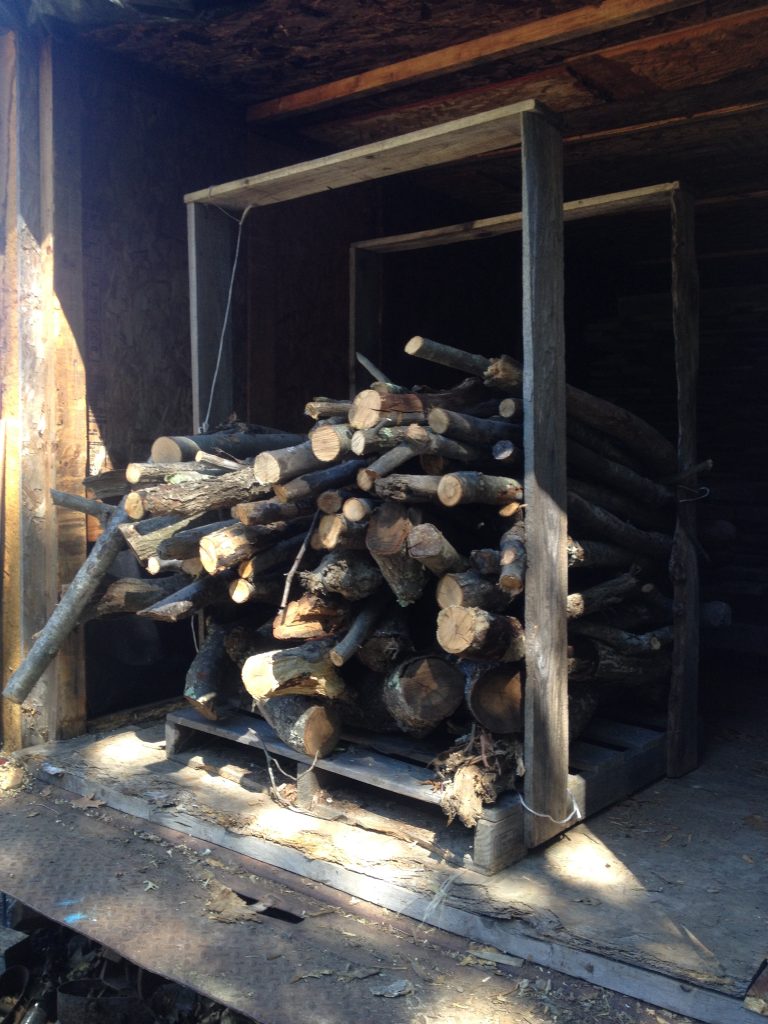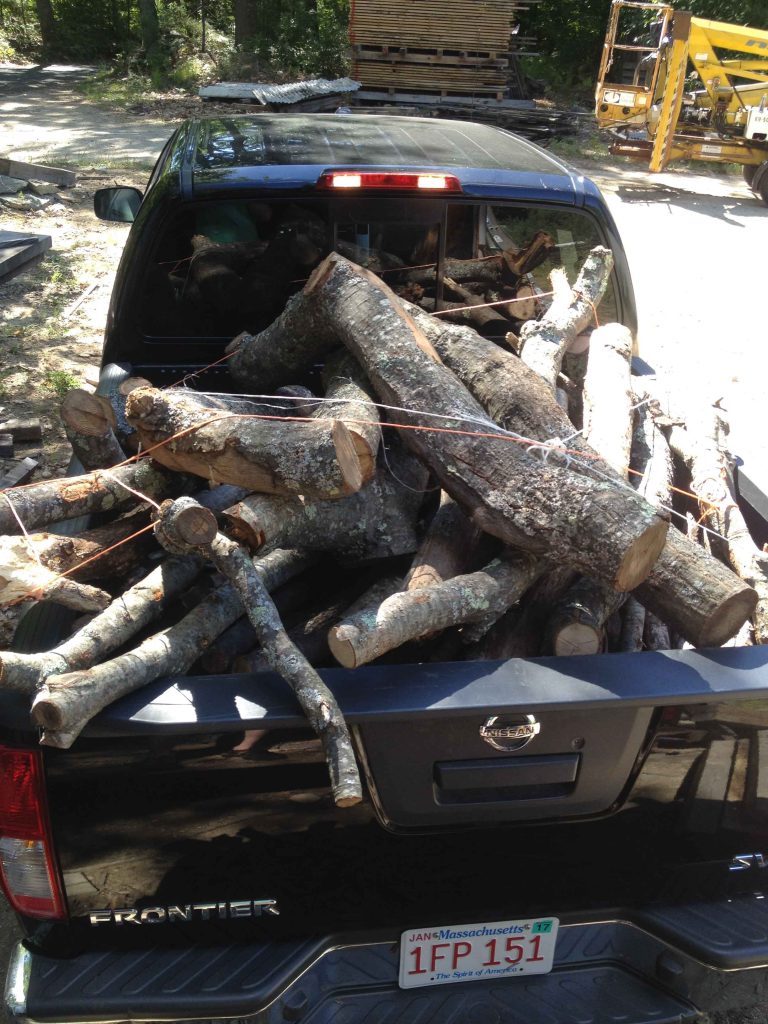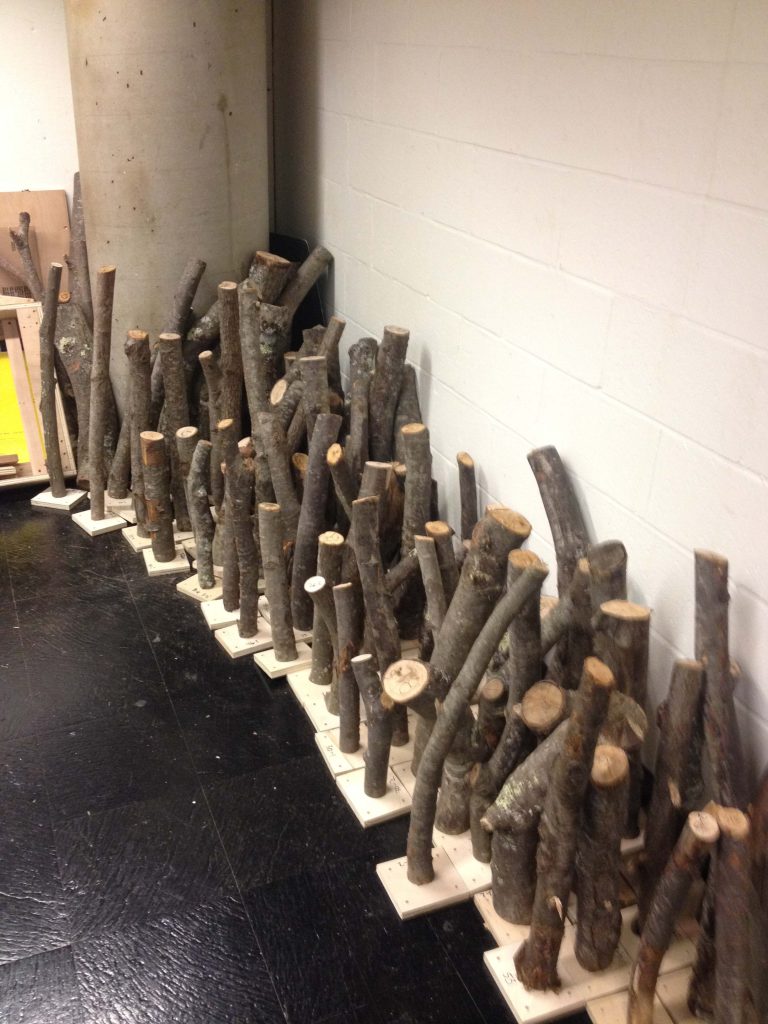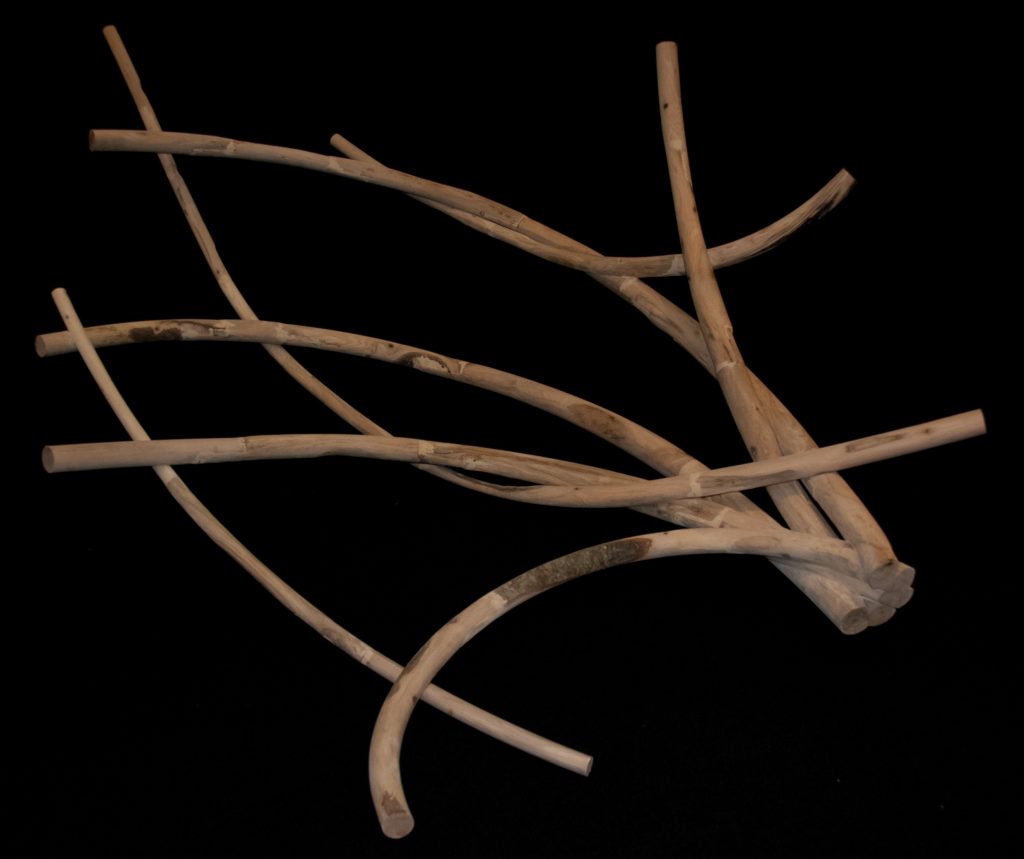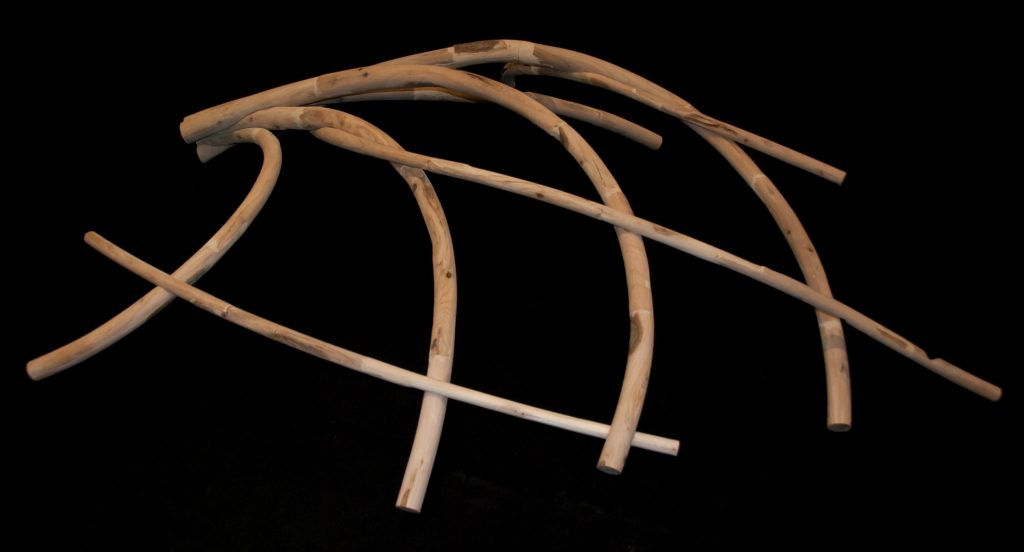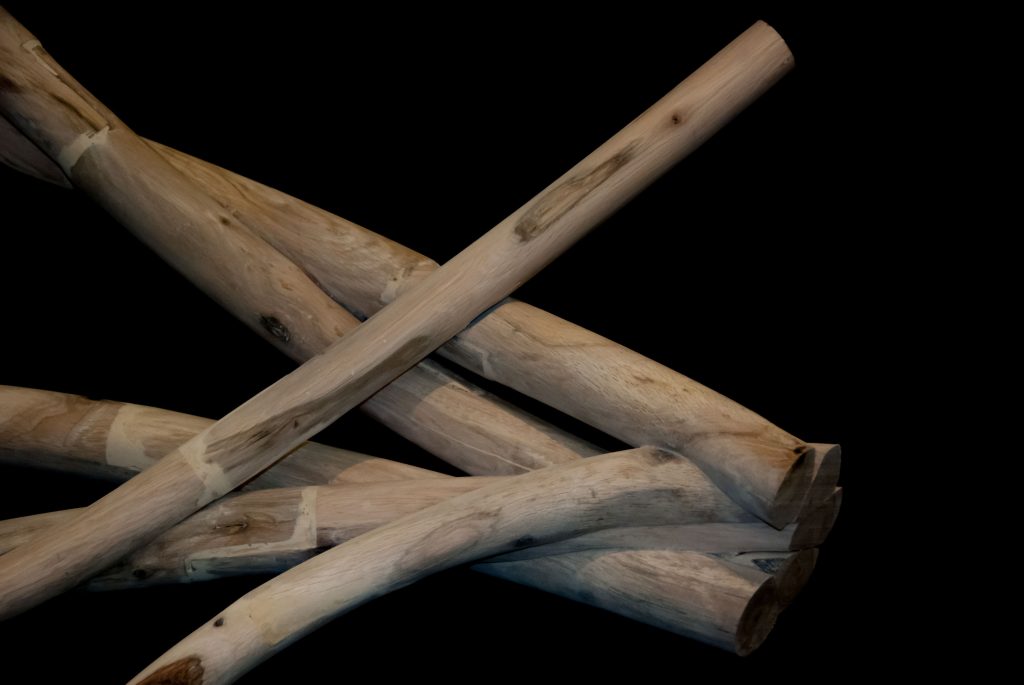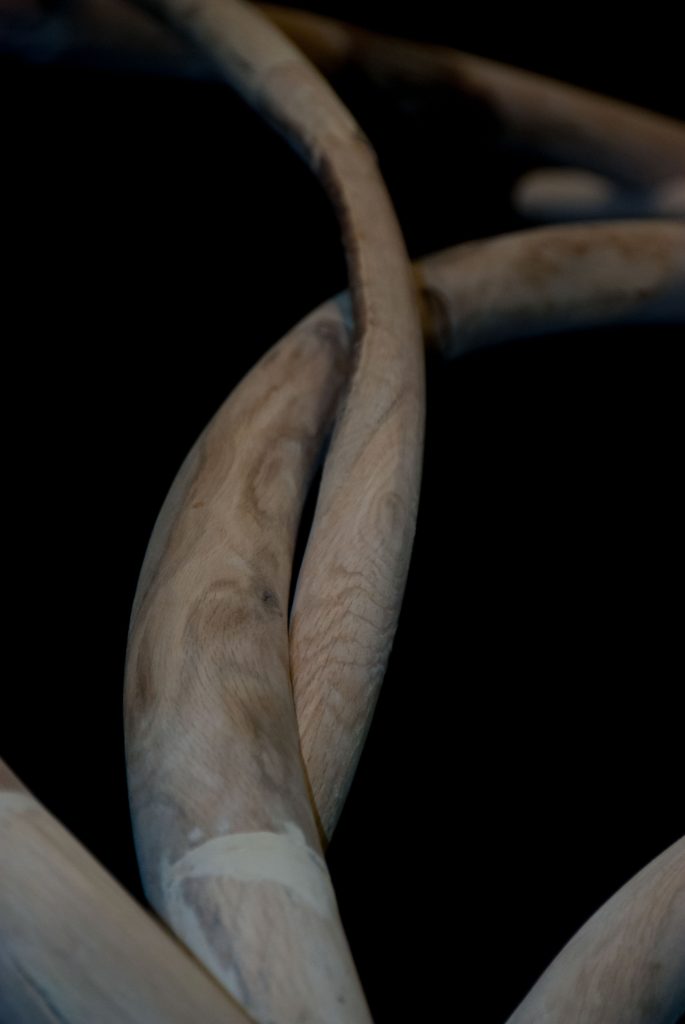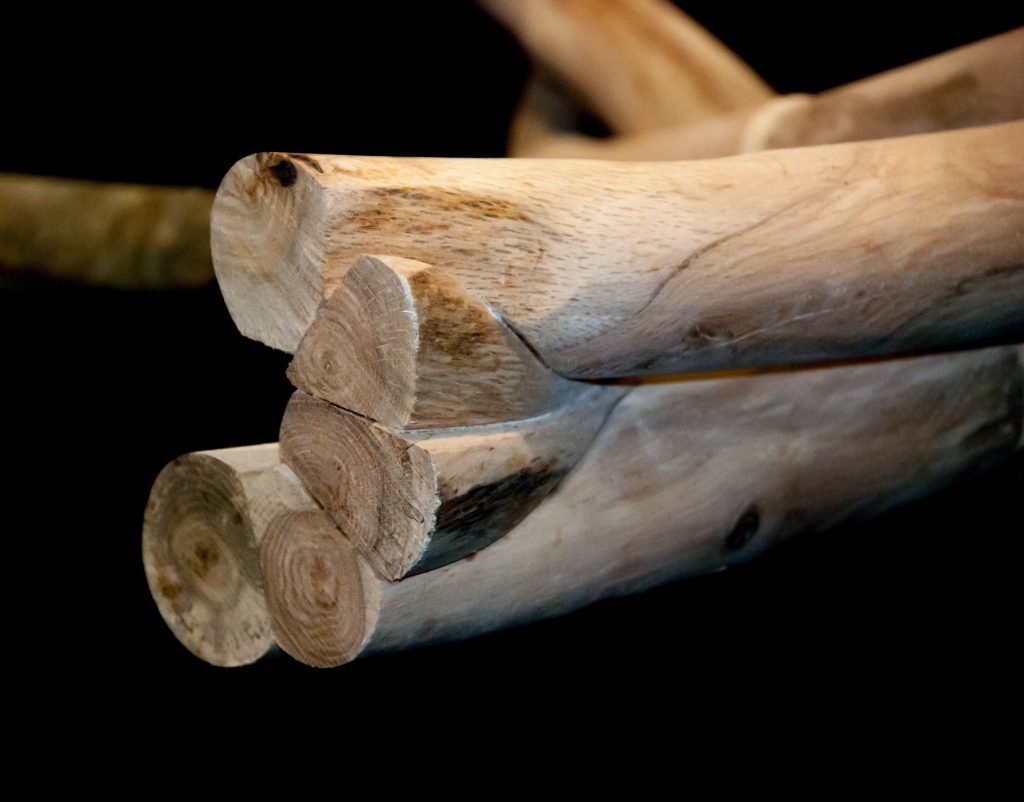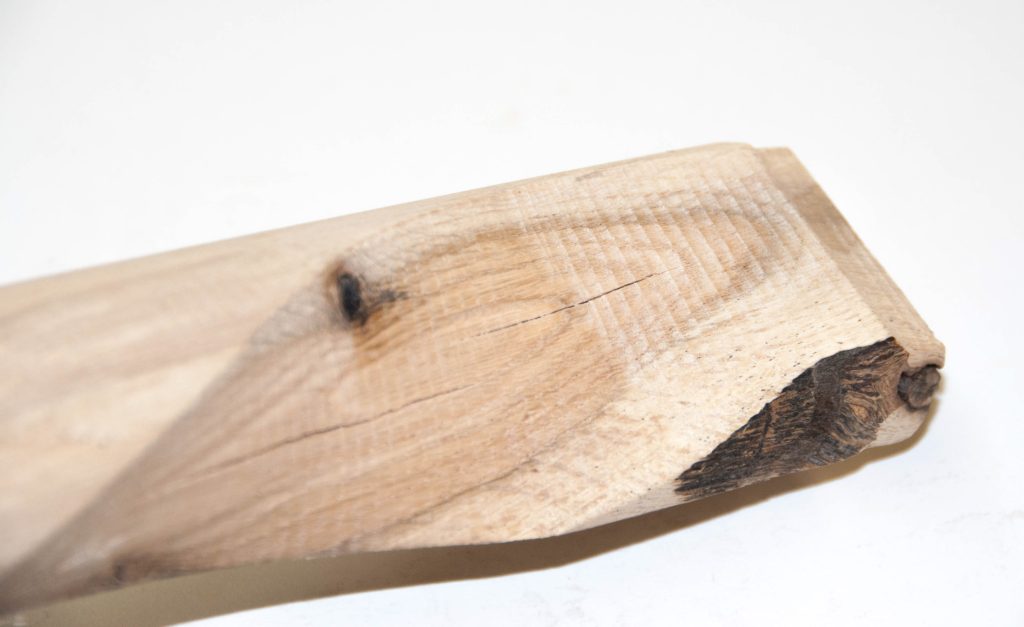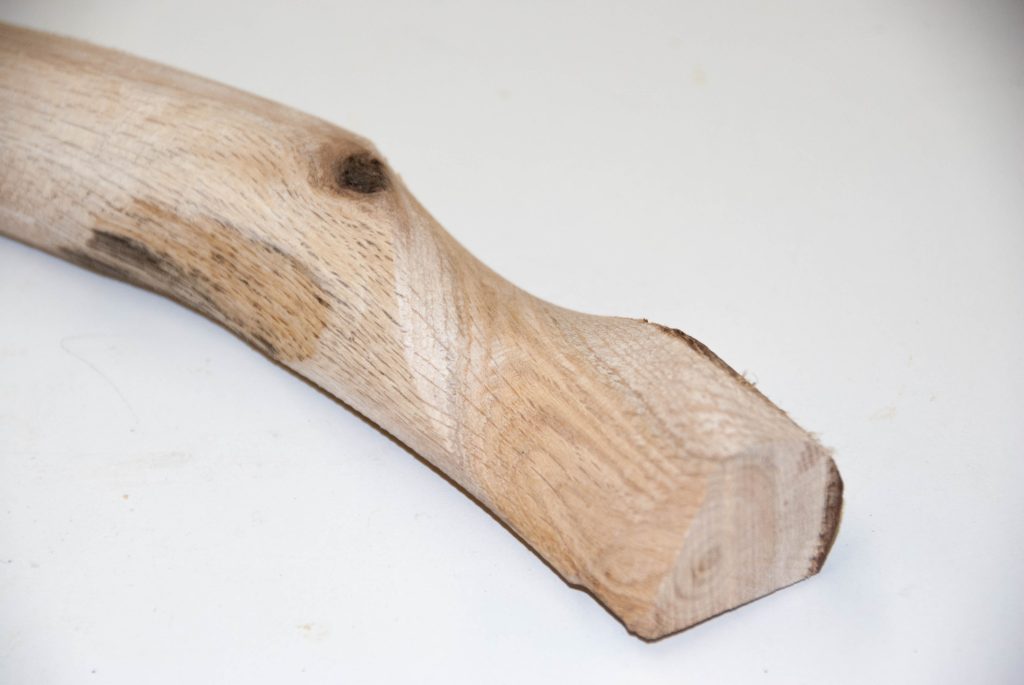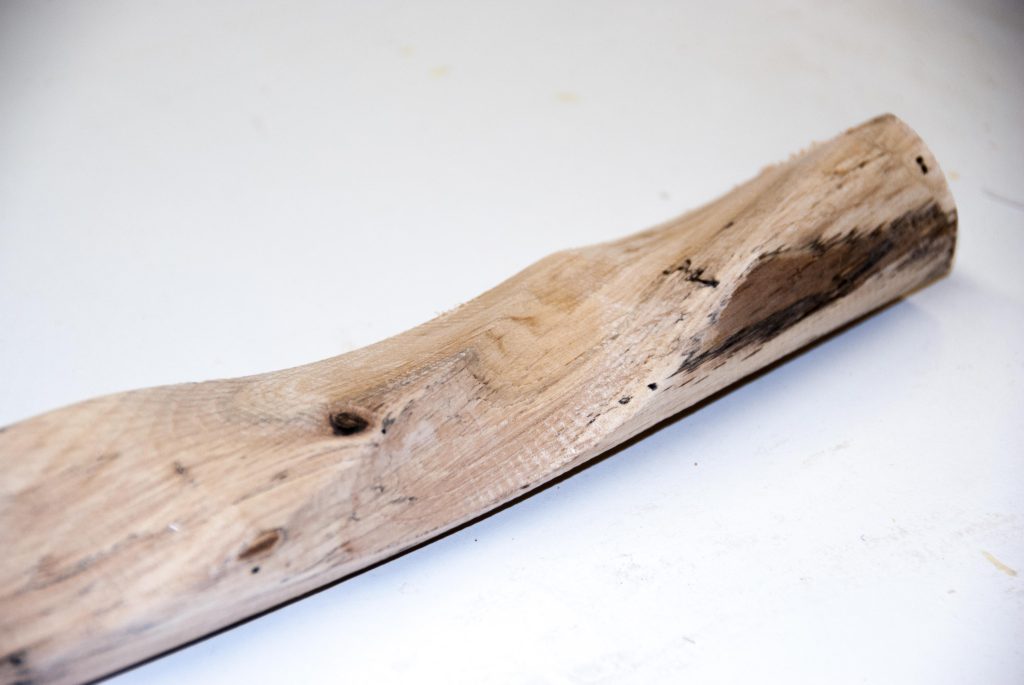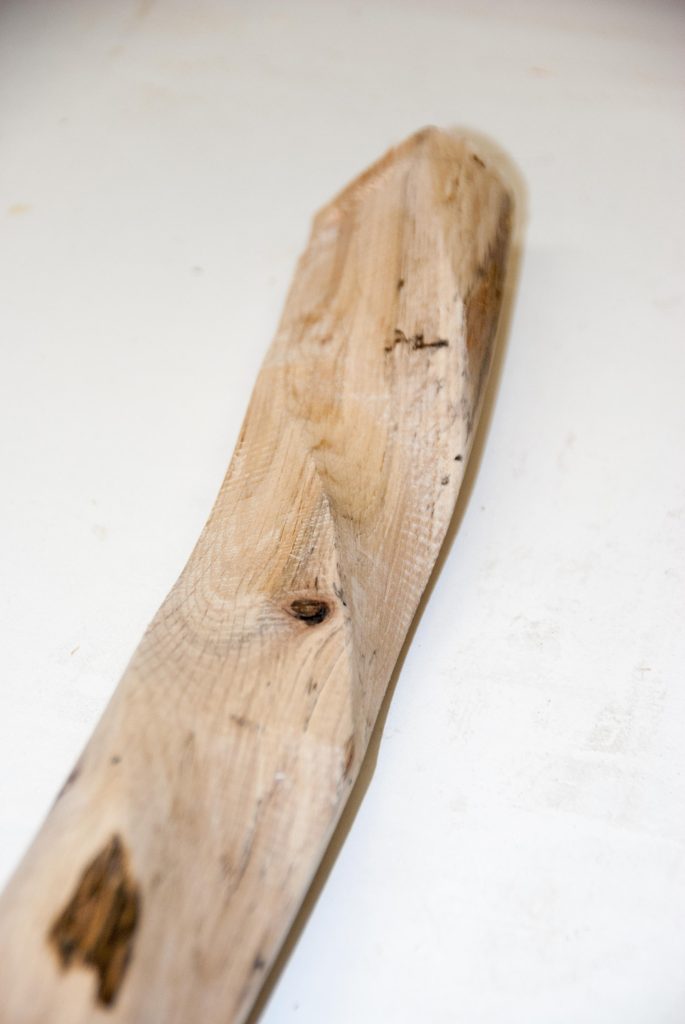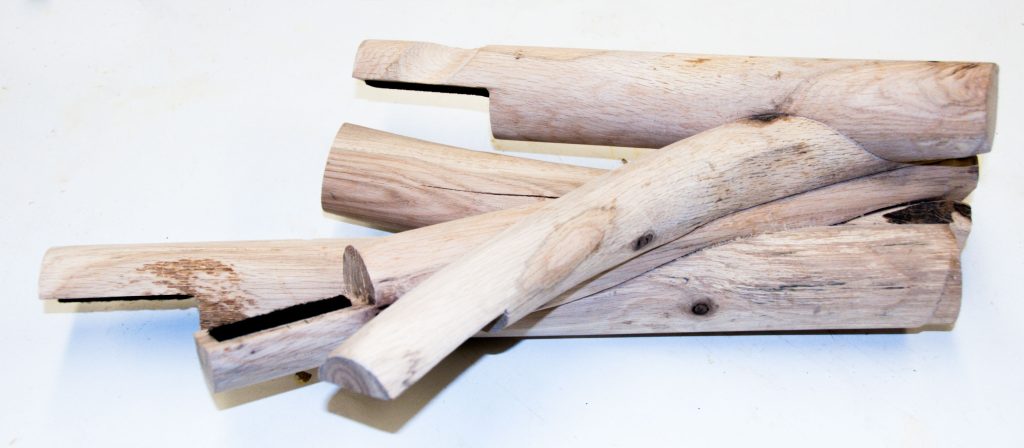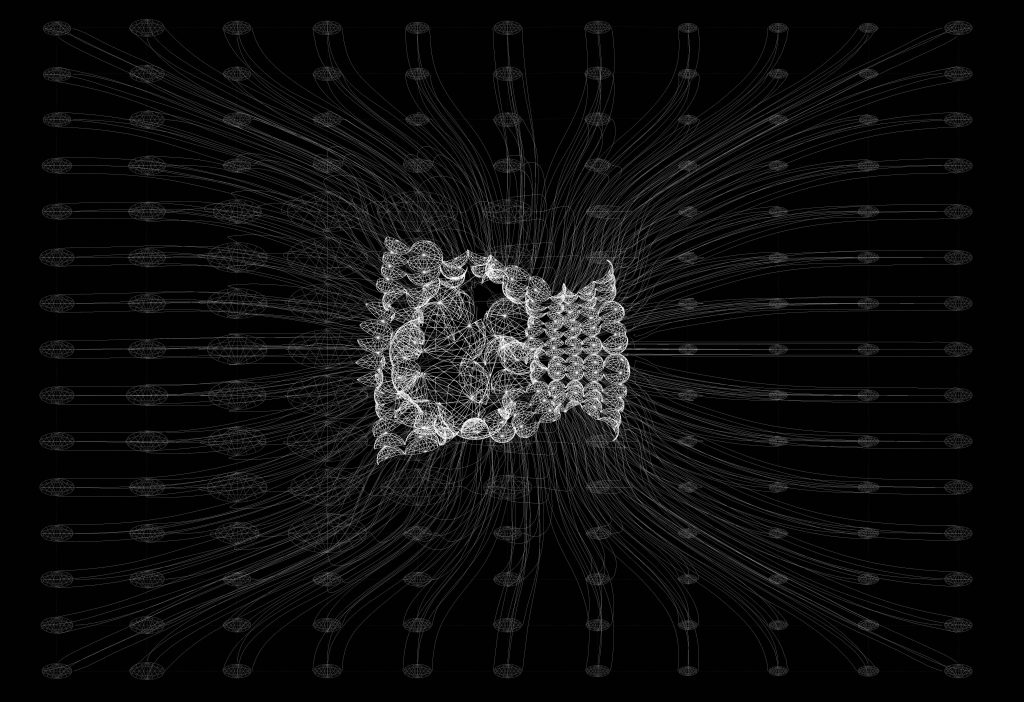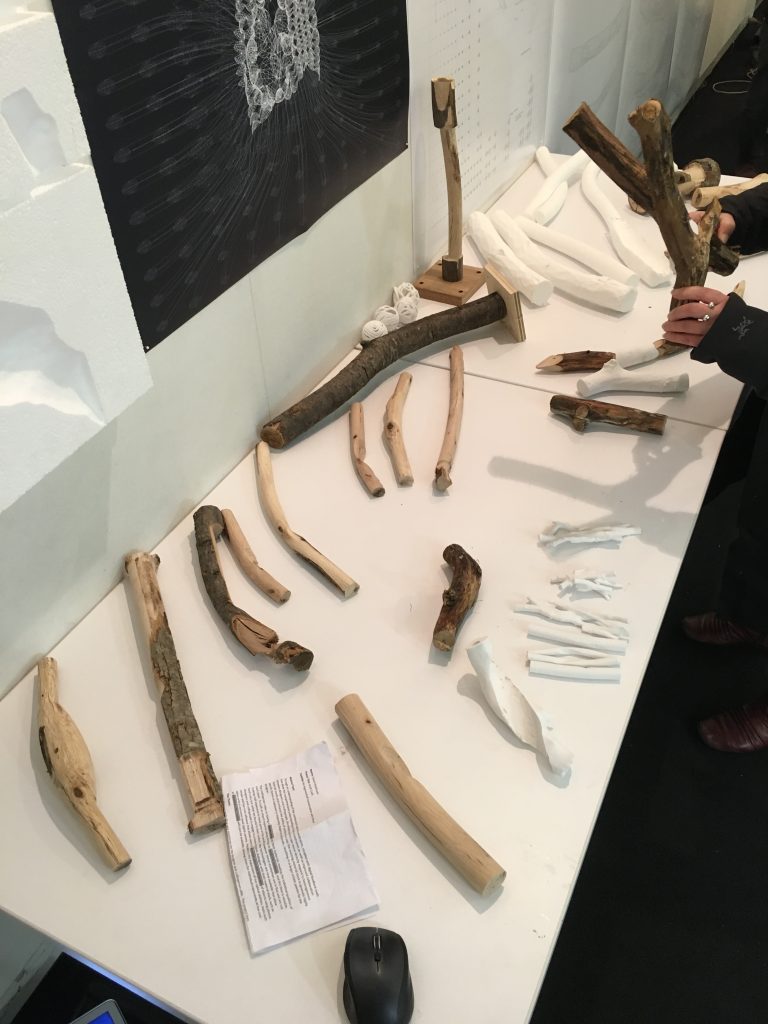This project lives within the liminal zone between architecture and craft. Neither architecture nor craft, this exploration inhabits this nether region with the goal of shedding some light on the nature of architecture and craft and how the two can be seen as part of a whole. This project also elucidates how the current moment in history presents a critical juncture for architecture, a point from which the architect can become increasingly distant to material manipulation or form a deeper intimacy with material.
Through an understanding of the contextual material constraints, coupled with digital feedback tools that allow for comprehensive understanding of these constraints as well as improved collaboration between designers and craftspeople, the design process can more directly respond to heterogeneous material stocks and enhance the ability of architects to use the existing material stock to generate highly specific forms as opposed to imposing shapes on materials, providing designers with new avenues of expression.
The craftsperson relies on having a conversation with their material, reading the individual qualities of each piece. To craft an object requires taking the time to read the material, and this time is valuable, making craft expensive in many (but not all) parts of the world. These economies are bound to their context. Technologies are now available that allow designers and craftspeople to engage in a more dynamic dialogue with their material stock, such as simple and low-cost software that allows users to generate accurate 3d models of objects using photos taken with a consumer-level digital camera. Parallel to the expansion of our optical abilities, tools such as handheld CNC routers will soon be available, opening doors for new forms of expressivity at low-cost.
New visioning tools allow new prostheses for the designer and craftsperson alike. The present is a critical moment in history when the convergence of optical and hand technologies may allow for craft to expand the efficacy of architects in realizing their artistic intentions, as well as their ability to drive the creation of new material economies. This ideal is realized through augmenting architects’ conversations with materials.
The ability to look at the world through new eyes is what has propelled the sciences forward. Craft, like the sciences, is cutting edge and utilizes the newest innovations in production. Architecture relies on craft for new fabrication techniques and to realize new material aesthetics, and vice versa, craft is driven by architects to generate new materials to satisfy structural and aesthetic constraints.
Digital technologies that make affordable the intensive modelling of materials are the next frontier for design. Whereas in the past such efforts could only be taken on through the investment of significant time and money, the economics of such endeavors is rapidly changing. It is now feasible to consider how a single designer might scan a forest in three dimensions and design for that specific condition.
It is from this point that we can pursue an investigation into the 3d scanning and processing of wood. Wood is exceedingly variable at a scale that we can relate to with the naked eye, making it possible to readily convey the concepts of visioning in ways that must be more abstracted at other scales. This thesis moves beyond the development of an individual craft to emphasize how the act of looking at material is changing as a result of visioning tools.
Wood is a natural material that sequesters carbon while growing, and is also highly structural. It is fire-resistant when used in heavy timber construction.
This thesis investigates the interaction of designer/craftsperson with material. It looks at feedback loops and how these influence the design process. It looks at how the material stock can help guide the form of the building. It looks at the spectrum from standard to unique part. It also looks at how the processing of material exists at different levels of abstraction, from the live edge of a branch to a 3d printed joint that fits multiple branches together. New tools allow for new forms of abstraction, and new ways of expressing the nature of the materials themselves.

